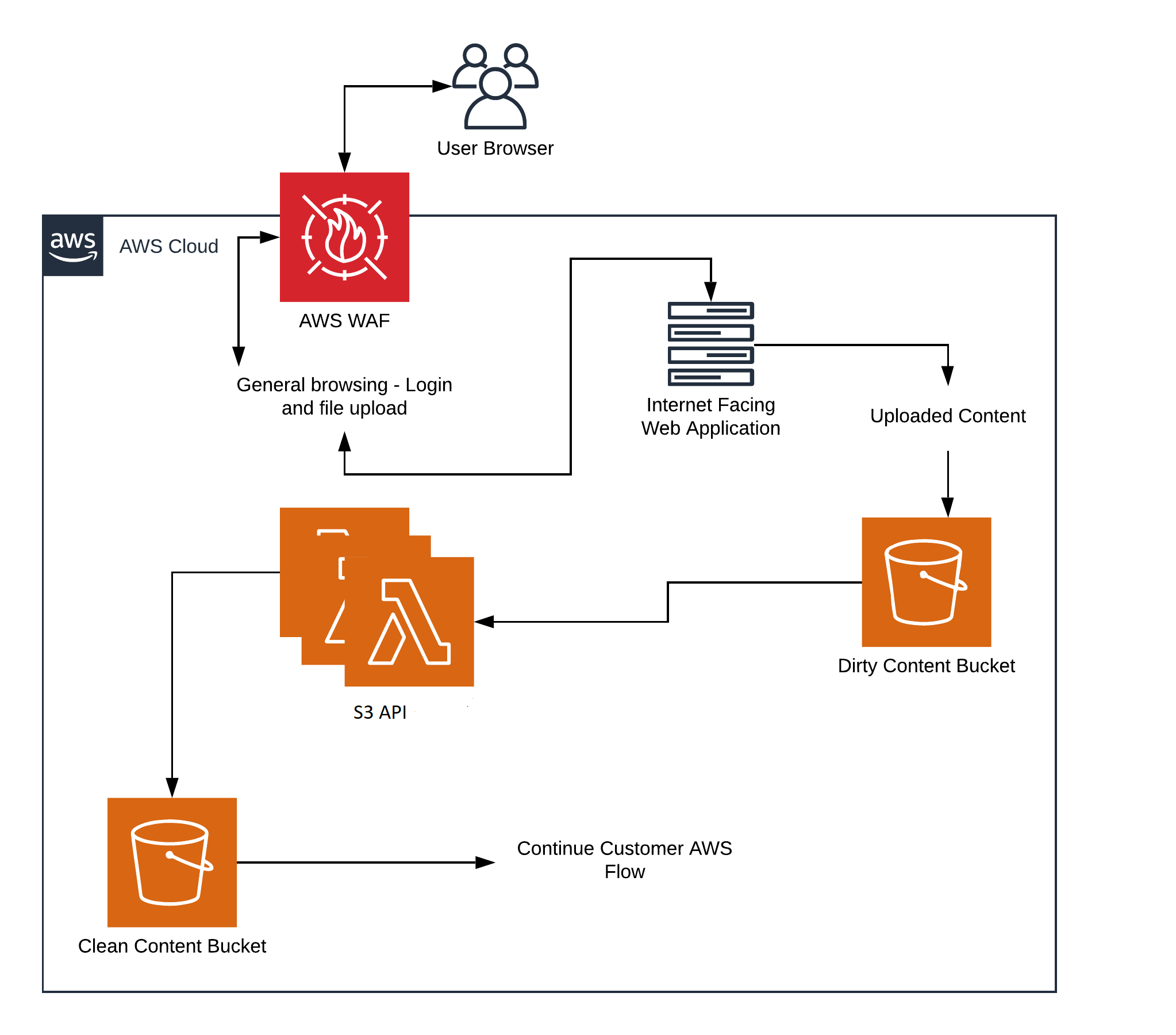Against the backdrop of the current pandemic, barely a day goes by without another portal or web application being launched to help citizens and customers interact with governments and corporations. Bringing these applications to market quickly, and ensuring they can’t compromise the security of the organization, requires DevOps to embrace news techniques and technologies. So, how best can DevOps ensure these applications don’t become a backdoor for the bad guys?
Additional Defensive Techniques
In the OWASP Top Ten list of vulnerabilities in Web Applications, ensuring uploaded documents and images are threat-free doesn’t factor. Yet, these can be the Achilles Heel of any internet-facing portal or application.
The primary vehicle for smuggling malware into an organization is via documents and images. These are routinely embedded with malware, some basic, some extremely sophisticated, targeting the user or employee who eventually uploads the document. Alternatively, the concealed malware can attack the portal itself, for example, via a malformed document.
This malware is sufficiently new and well-concealed that it repeatedly evades detection-based cyber defences and even modern AI technologies. Ensuring that what arrives via the portal is threat-free means finding additional defensive techniques that increase the security without slowing down the application.
Best Practice
The UK’s NCSC has published a set of essential guidelines for anyone charged with the security of an application that must accept documents and images from the internet. In the NCSC “Pattern: For Safely Importing Data,” the organization describes a set of best practice guidelines for accepting documents from untrusted sources and recommends an approach called document transformation to ensure imported documents are threat-free.
Transformation is a mechanism whereby untrusted documents and images have the essential business information extracted from them. The originals are then discarded–along with any embedded threats. The business information is then verified and brand-new documents are then created and formatted to match the originals.

Once documents have been through the transformation engine they are completely safe and can be used without any further security measures.
“Baked-in” Security Controls
For the AppSec manager, transformation is a great approach to promote across DevOps teams. It can be accessed via cloud APIs and it adds an additional layer of security–conformant with security best practices–that helps ensure web applications and portals don’t become a backdoor for malware infiltration.

Developers need a choice of transformation APIs, depending on the nature of the particular application. For example, some applications will require a simple upload/download API to transform a file, while other applications will need APIs capable of handling more complex tasks, such as event-driven workflows or moving files between different storage buckets.

Head Start
The demand for web applications to accept uploaded documents into portals is only going to increase, and with it the risk of potential for compromise from concealed malware. The good news is that any DevSecOps professional building a web application or portal that must accept documents and images from the internet, already has a head start when it comes to building securely if they are using a serverless architecture.
From a security perspective, the alternative to serverless architectures, machine images in the cloud, have the associated risk that if, for example, malware succeeds in compromising the machine, it remains compromised thereafter. With a serverless, cloud native architecture, there is no residual machine and, therefore, little residual risk.
Another key point in favor of building on a serverless cloud-native computing model is that it devolves the responsibility of patching to the service provider. It is widely understood that unpatched systems are one of the main causes of cybersecurity breaches. Serverless architectures enable the developer to shift operational responsibilities and routine security tasks, such as patching, maintenance and upgrades, to their service provider.
The current pandemic has turbo-charged the demand for internet-facing portals and with it the risk of malware infiltration via uploaded documents and images. For developers, that means finding new defensive techniques like transformation that can be quickly and easily baked into the code to ensure uploads are threat-free.




